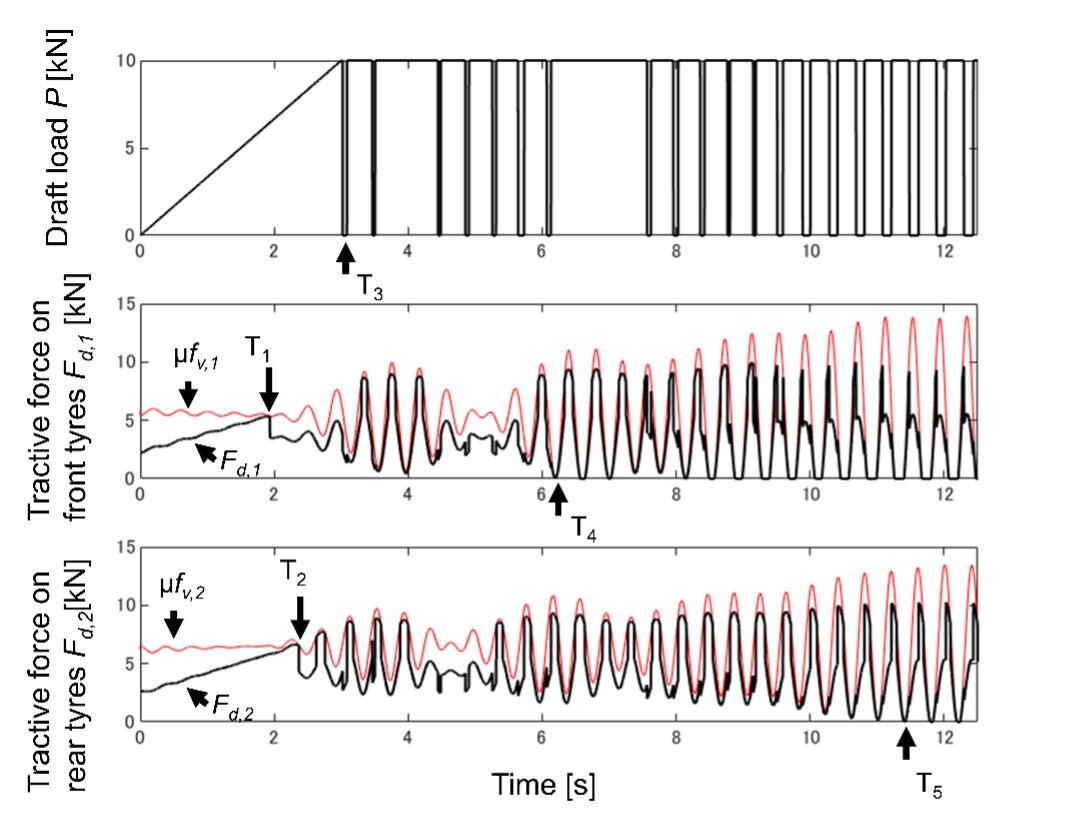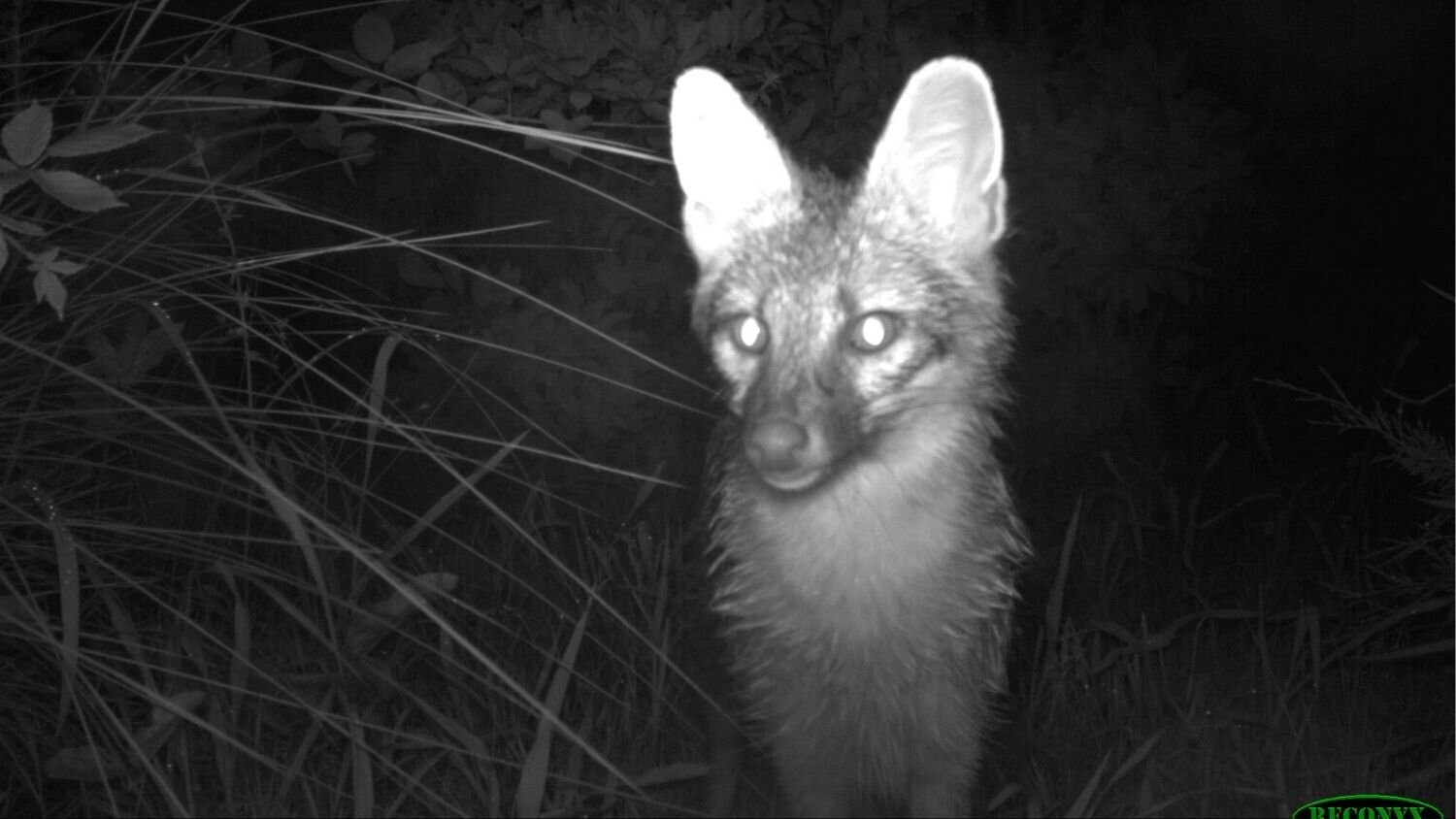#Size of fly’s eyes and nose reflect its behavior during mating and habitat preferences, says study
“#Size of fly’s eyes and nose reflect its behavior during mating and habitat preferences, says study”

The size of a fly’s eyes and nose reflect both its behavior during mating and its habitat preferences, according to a new study published today in eLife.
The findings could help explain how new species of flies evolve over time, as selective pressures such as light availability and competition for habitat drive a fundamental compromise between the size of different sensory organs.
Flies of the Drosophila family, commonly known as fruit flies or vinegar flies, comprise around 1,500 species that inhabit all continents except Antarctica, and occur in almost every type of environment. Due to their vast variation in shape, behaviors such as feeding and courtship, and preferences in breeding sites, these flies can provide unique insights about driving forces in evolution.
“Little is known about the ecology of most Drosophila species, such as their habitats and ecological preferences,” explains lead author Ian Keesey, a postdoctoral researcher at the Department of Evolutionary Neuroethology, Max Planck Institute for Chemical Ecology, Jena, Germany. “We wanted to determine whether the different behavioral, physical and sensory attributes of close relatives in the Drosophilidae family help to support their co-existence in a single habitat.”
The team started by studying differences between the eyes and olfactory part of the antennae (funiculus) of two closely related and often cohabiting species of Drosophila. They found that, in general, one species of fly had much larger eyes in terms of surface area and number of optical units, whereas the other had smaller eyes but larger antennal surface areas.
They then looked at the parts of the brain that process visual and olfactory information, and found differences here too. After correcting for the overall size of the flies, the measurements of the two sensory systems reflected the size of their external eyes and antennae seen in the previous experiment.
The team next looked at whether these features had any correlation with the flies’ behaviors. They started by studying courtship, introducing male and female flies and watching how the males positioned themselves to attract the female’s attention. Here they saw striking differences. The male flies from the species that had greater visual capacity darted around to position themselves directly in front of the female fly and displayed their wings, tilting during their wings, possibly to create a flash of color. By contrast, the males from the species that had larger antennae positioned themselves to the side or behind the female fly, vibrating their wings towards the fly’s head and singing, and by doing so likely ventilating some sex pheromones.
Having established that the differences in eye and antenna sizes mirrored differences in courtship behavior, the team looked at whether they also influenced habitat preferences. Using a simple Y-shaped tube, they gave the flies the choice of moving towards a light or dark environment. The flies with the smaller eyes preferred to enter the arm leading to the dark environment, while the flies with larger eyes moved towards the light. This suggests that although these species might be grouped together ecologically because they live in a forest, one closely related species is more likely to prefer darker, inner forest habitats, while the other prefers open forest canopies.
The team then expanded their studies to three other closely related Drosophila species that tend to be found in the same habitat. “This allowed us to determine the relationship between eye-to-funiculus ratio and different behaviors,” explains co-senior author Bill Hansson, Director and Scientific Member at the Max Planck Institute for Chemical Ecology. “We found that larger ratios between these organs related consistently to the flies’ attraction to light, as well as to their tendency to conduct courtship behaviors directly in front of the female.”
“Our work shows that several species of fly sharing common ancestry differ significantly in their eye and antenna shape and size,” concludes co-senior author Markus Knaden, Group Leader in the Department of Evolutionary Neuroethology, Max Planck Institute for Chemical Ecology. “One species depends on consistent visual stimuli as a species-defining trait, whereas the other would rely more on smell. These different preferences allow them to carve out specific niches and avoid overlap with other close relatives, allowing them to live together cooperatively rather than in competition.”
More information:
Ian W Keesey et al, Divergent sensory investment mirrors potential speciation via niche partitioning across Drosophila, eLife (2020). DOI: 10.7554/eLife.57008
Citation:
Size of fly’s eyes and nose reflect its behavior during mating and habitat preferences, says study (2020, August 4)
retrieved 4 August 2020
from https://phys.org/news/2020-08-size-eyes-nose-behavior-habitat.html
This document is subject to copyright. Apart from any fair dealing for the purpose of private study or research, no
part may be reproduced without the written permission. The content is provided for information purposes only.
If you want to read more Like this articles, you can visit our Science category.
if you want to watch Movies or Tv Shows go to Dizi.BuradaBiliyorum.Com for forums sites go to Forum.BuradaBiliyorum.Com




